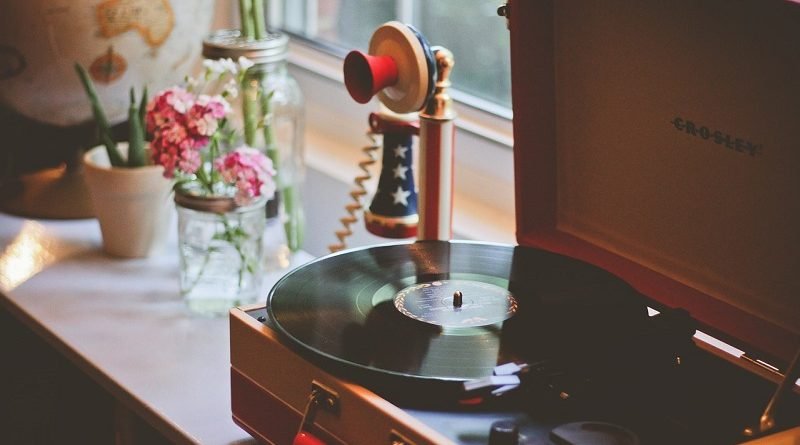Different Types of Music Boxes | Music Box Types
Musical boxes were rare a decade ago, but now these vintage pieces are making a comeback. They make ideal gifts and memorabilia that can be treasured and passed down as heirlooms. The first music box was invented in Switzerland, starting as pocket watch-sized and growing in size over time. It’s no surprise that renowned Swiss watchmakers were the innovators of this wonderful automata. Since its inception, the music box has evolved in shape, size, and technology.
Also Read: Best Speakers for Classical Music
Here are a few different types of music boxes:
Reuge Music Box
Reuge boxes are named after their inventor, Charles Reuge, who crafted the first of its kind in 1865. These beauties are made of the finest wood and come in three variations: lounge, studio, and pocket-sized. The Reuge boxes have truly mastered the art of mechanical music, making them highly decorative and considered furniture-sized.
Cylinder Music Box
This model is the most popular among music boxes and was a common sight during the late nineteenth century. The music was created by pins on a rotating cylinder plucking the prongs of a steel comb. The cylinder rotated due to a spring motor wound by a ratchet lever. It could play music for a few seconds to almost an hour. However, these boxes could only play one melody, programmed at the time of manufacture.
Thomas Kinkade Music Box
Thomas Kinkade, “Painter of Light,” was an American painter who depicted idyllic and pastoral scenes in his paintings. He was also keen on music boxes and designed a type of his own. The Thomas Kinkade box is beautifully adorned and takes you to a snowy wonderland. They are elegant and will be tempting to showcase to guests.
Disc Music Box
Reuge music boxes were made of fine wood with many decorations in Switzerland. In Germany, a similar invention was being made of cheaper materials. The Disc Music Box could play different melodies and kinds of music, unlike the Cylinder music box and its pre-programmed tune. These boxes were dexterous and could play different music if the owner bought a new disc. The disc and music box production boomed after this invention but ended when pianos, phonographs, and nickelodeons began mass production.
Sankyo Seiki Music Box
Sankyo Seiki has dominated the music industry since World War II, with more than 50% of the market share in the digital age. They are well-crafted and can be used as jewelry boxes and toys. Above all else, they have very exclusive tunes that add to their allure, with different figurines that can also be attached to them. You can customize your musical box.
Modern Music Boxes
Though nothing beats a classical music box, an heirloom passed down through generations, modern music boxes have their perks. Their sound quality is exceptional, thanks to technological advancements made after World War II. Custom musical boxes like these can be found online, having more features and utility than traditional boxes. If you keep one and pass it down to your children, it will one day be cherished like an original Reuge box is revered today.
Bandstand Music Box
Bandstand music boxes are unique in that they contain tiny figurines that perform and dance to the music. They were first introduced in the 1890s and gained popularity in the early 20th century. They were often used in parlors for entertainment purposes.
Symphonion Music Box
Symphonion music boxes were manufactured in Germany in the late 19th and early 20th centuries. They were designed with a disc format, much like the disc music box. However, Symphonion boxes were renowned for their superior sound quality, and some could play up to six tunes.
Orpheus Music Box
Orpheus music boxes were invented in the late 19th century and were named after the famous Greek musician, Orpheus. These boxes were unique in that they featured a metal disc that had pins that could be adjusted to change the tune played. The Orpheus music box gained popularity because it allowed the owner to customize the music played.
Grand Piano Music Box
Grand piano music boxes were designed to look like grand pianos, complete with a miniature keyboard and hinged top. They were popular in the early 20th century and were often used as decorative pieces in homes.
Jukebox Music Box
Jukebox music boxes were designed to look like vintage jukeboxes from the 1950s and 1960s. They were usually battery-operated and could play multiple tunes. These music boxes were popular among collectors and enthusiasts of retro culture.
FAQs Related to Music Boxes
To maintain your music box, avoid exposing it to direct sunlight or moisture, as this could damage the mechanism. Clean it regularly with a soft, dry cloth to remove any dust or debris. Avoid using water or cleaning products on the box, as this could also cause damage.
If your music box stops working, it’s best to take it to a professional repair shop. Attempting to fix it yourself could cause further damage. Look for a repair shop that specializes in music boxes, as they will have the necessary tools and expertise to diagnose and fix the issue.
The value of your music box depends on several factors, such as its age, rarity, and condition. Research the manufacturer and model to get an idea of its value. Look for any identifying marks or serial numbers on the box. You can also take it to an appraiser or antique dealer who specializes in music boxes for an accurate valuation.




